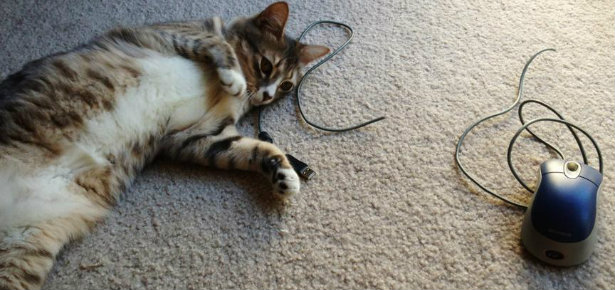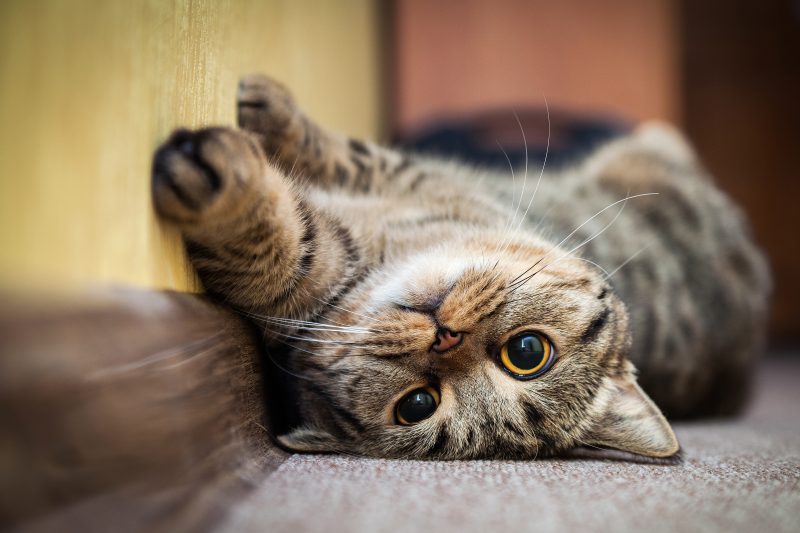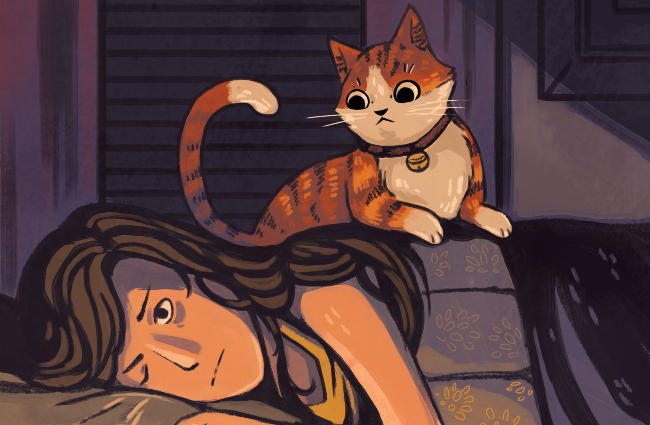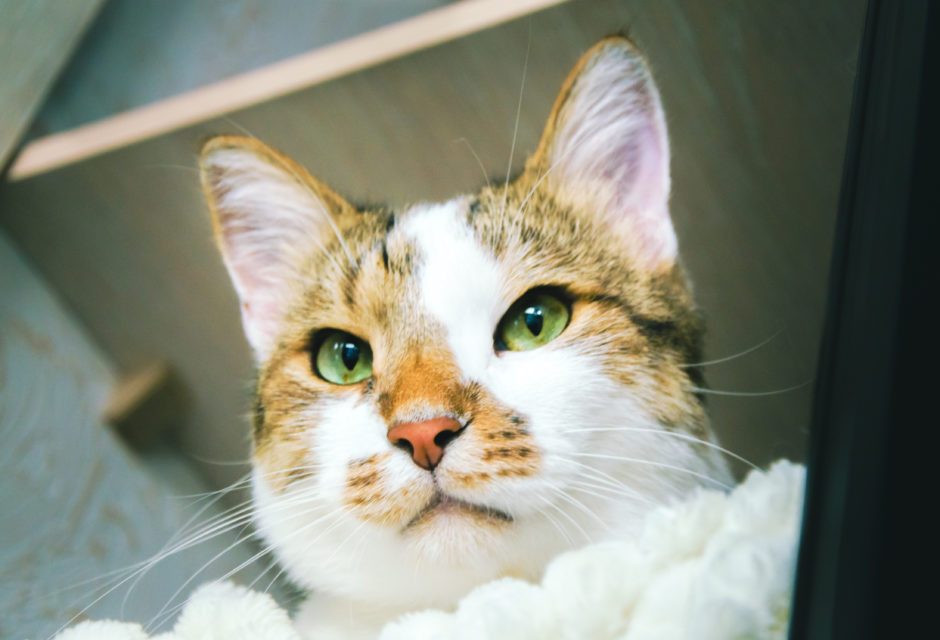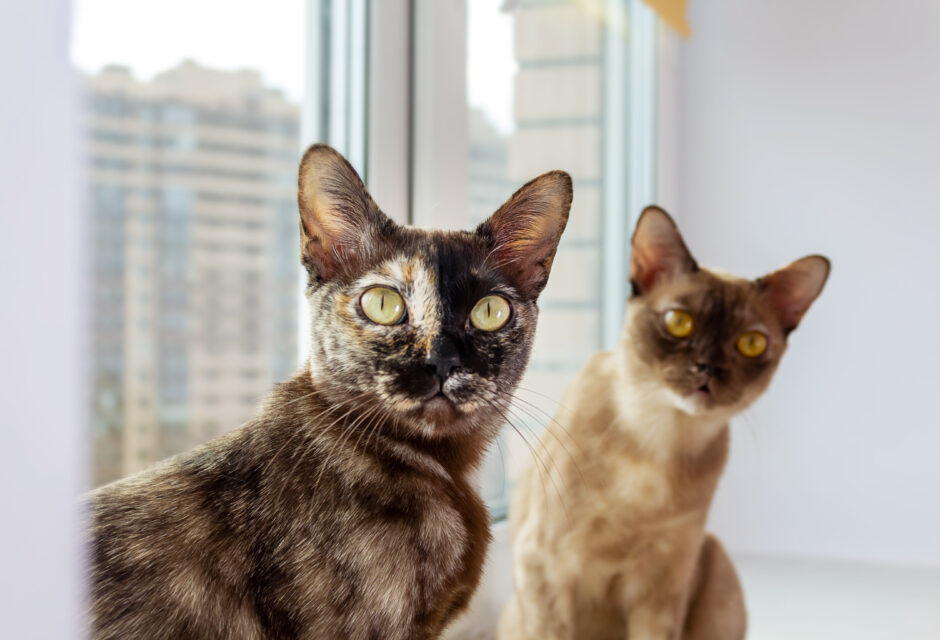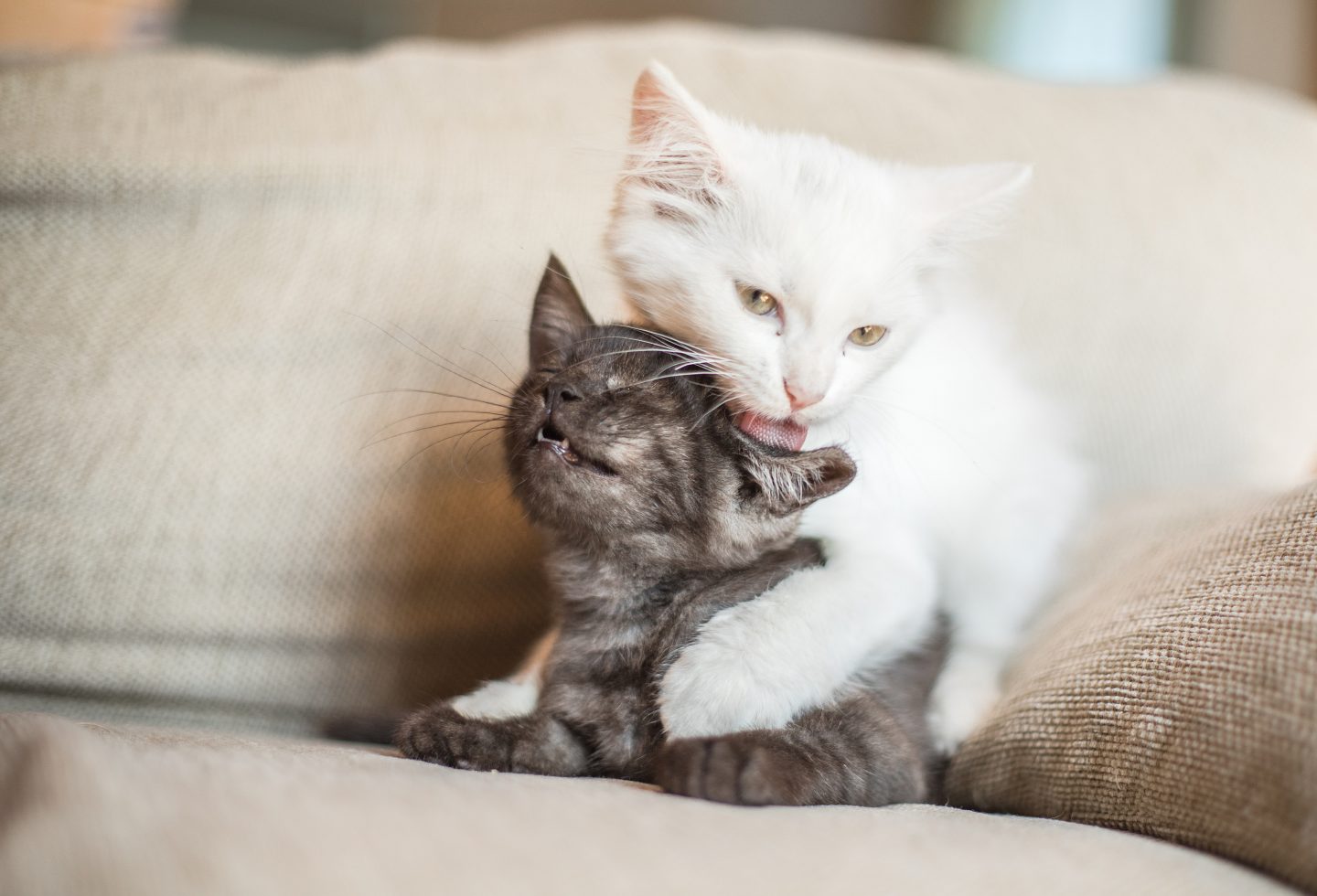
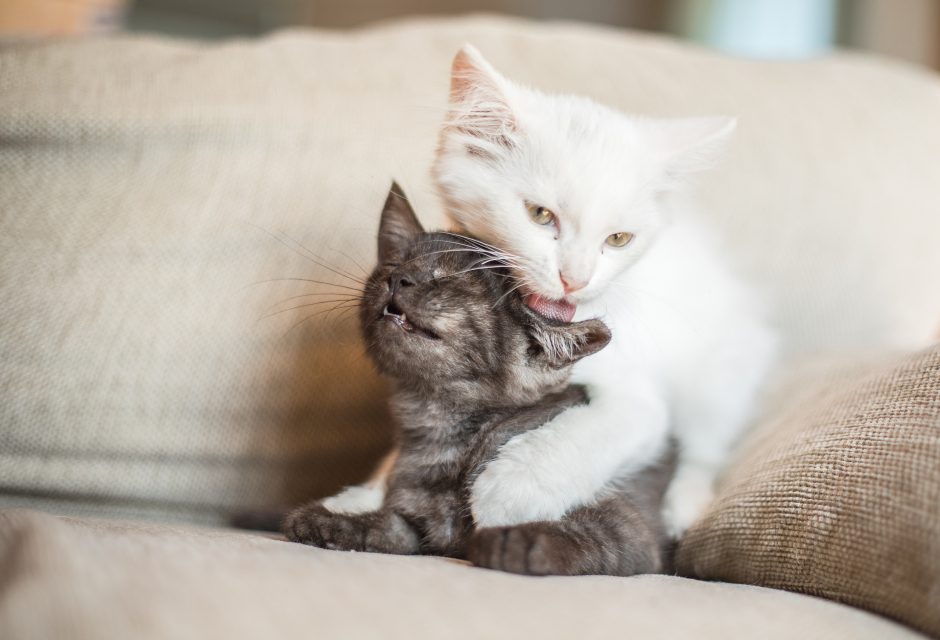
How To Get Cats to Get Along and Like Each Other
Do your cats like each other, or is there a constant war in your home? Here's how to tell if your felines need a little help getting along, and some tips and tricks to ensure you build a happy multi-cat household.
A friend of mine, let’s call her Amy, is the proud owner of two wonderful, affectionate cats. Amy is a cat-expert. She works in animal welfare and has fostered over a 100 felines. But despite her knowledge of cat behaviour, she just cannot get her cats to like each other. Amy is very pragmatic about their mutual dislike and keeps them in separate rooms. Both cats are comfortable and happy, but how can she make her cats like each other?
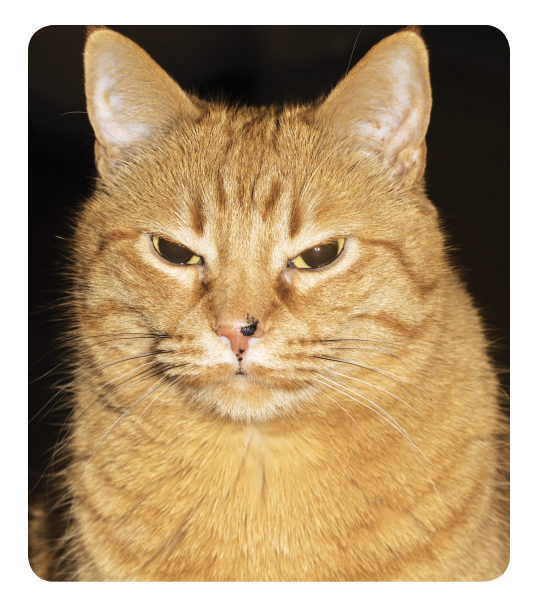 Separating the cats is one way to do it. Most cat owners, however, would prefer a more harmonious solution. But what if our cats don’t feel the same way as we do? How can we tell? More importantly, can we fix this?
Separating the cats is one way to do it. Most cat owners, however, would prefer a more harmonious solution. But what if our cats don’t feel the same way as we do? How can we tell? More importantly, can we fix this?
Most wild cats tend to be lone hunters. They are protective of their resources and very territorial. The house cat, while being a social animal, still retains her territorial instincts. We’re talking food, toys, napping areas, even people. When any of these resources come under attack, or what the cat perceives as an attack, she gets defensive.
As cat owners, it’s easier for us to notice the more “overt” signs of antagonism between our cats—swatting, hissing, howling, and sizing each other up. But tune yourself to notice the subtler movements, because they are the ones that will tell you more.
For example, do your cats attend mealtime together or does one tend to hang back, allowing the other to eat first? During playtime, do both cats engage in play or does one tend to monopolize your attention more than the other? Other subtle signs of stress include reduced appetite, eliminating outside the litter box, shying away in the presence of the other cat, and vomiting—usually exhibited by cats at the lower end of the hierarchical order.
Plan A: The first step in ensuring your cats’ comfort is by providing enough resources to go around, thereby eliminating the need for competition.
- Place multiple feeding stations and litter boxes around the house.
- Provide both cats with adequate playtime. If your cats prefer to play separately, ensure they get individual playtime.
- Provide multiple cat trees and perches. The cat on the higher end of the totem pole is more likely to hog the loftiest spot. By providing more resting spots, you’ll help reduce the tension between them.
- Reward positive interactions of any kind between them—from acknowledging each other to initiating friendly play—by tossing treats and praising effusively. The more they associate positive experiences with each other, the less likely they’ll be to turn on each other.
- Try these multi-cat household life hacks.
If your cats continue to be mortal enemies despite all the above efforts, don’t beat yourself up. Cats, just like people, have preferences about the company they keep. (See: Does Your Cat Need a Friend?) Before you throw in the towel, there is one more thing you could try to get your cats like each other, outside of engaging a professional animal behaviourist.
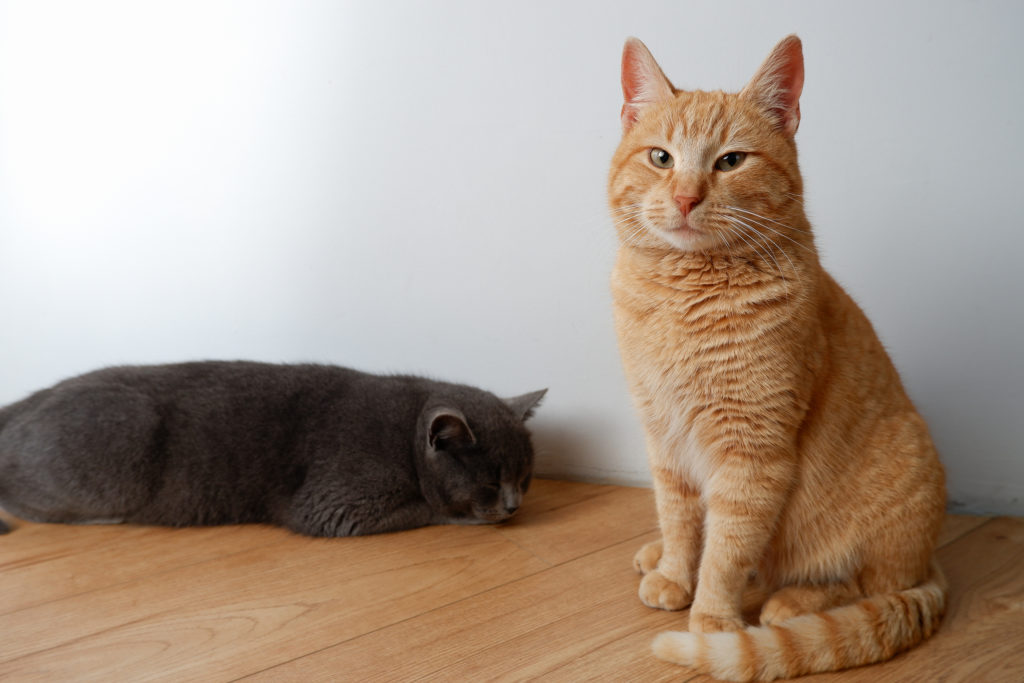
photo: bigstock.com/Ana-b
Plan B: Re-introduction
Time to see if your cats like each other! Put both cats in separate but adjacent rooms and provide them with their own bowls, litter boxes, cat trees, and private you-time. Start by feeding them with their bowls placed on either side of the door. The distance to the door will be determined by how reactive your cats are to each other. This distance can be reduced over time depending on their progress. By separating them in this manner, we want to give them their own space and help them associate each other with a positive activity, like eating.
Once this is achieved, open the door a notch during feeding time. Make sure to reward them with special treats if they display curiosity toward each other, or even if they ignore each other. Continue to open the door wider in small increments over the course of the re-introduction process until they’re able to eat in each other’s company in a relaxed manner. The final step would be to attempt interactive play sessions together. Always remain calm and alert during playtime and make sure to give both cats equal attention.
During the re-introduction process, it’s important for both cats to be familiar with each other’s scent, and for the scent to be distributed evenly around the house.
This can be done by conducting a room swap every couple days. You might need an extra set of hands to help you do this.
The re-introduction process can take a few days to a few weeks. It can be immensely successful or completely unsuccessful. It’s important for you to be prepared for both outcomes.
In the case of the latter outcome, you might need to consider separate living spaces for your cats going forward or find one of them a new home. This is a gut-wrenching decision, but remember that this will be far less stressful for you and your cats in the long-term. After all, nobody likes being forced to pick his or her companion. They must come to this decision on their own.
If cats that were formerly friends are no longer getting along, read Have Your Cats Unfriended Each Other? next.
Join the newsletter and never miss out on cat content again!
"*" indicates required fields
By clicking the arrow, you agree to our web Terms of Use and Privacy & Cookie Policy. Easy unsubscribe links are provided in every email.





